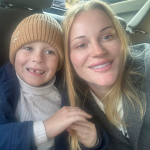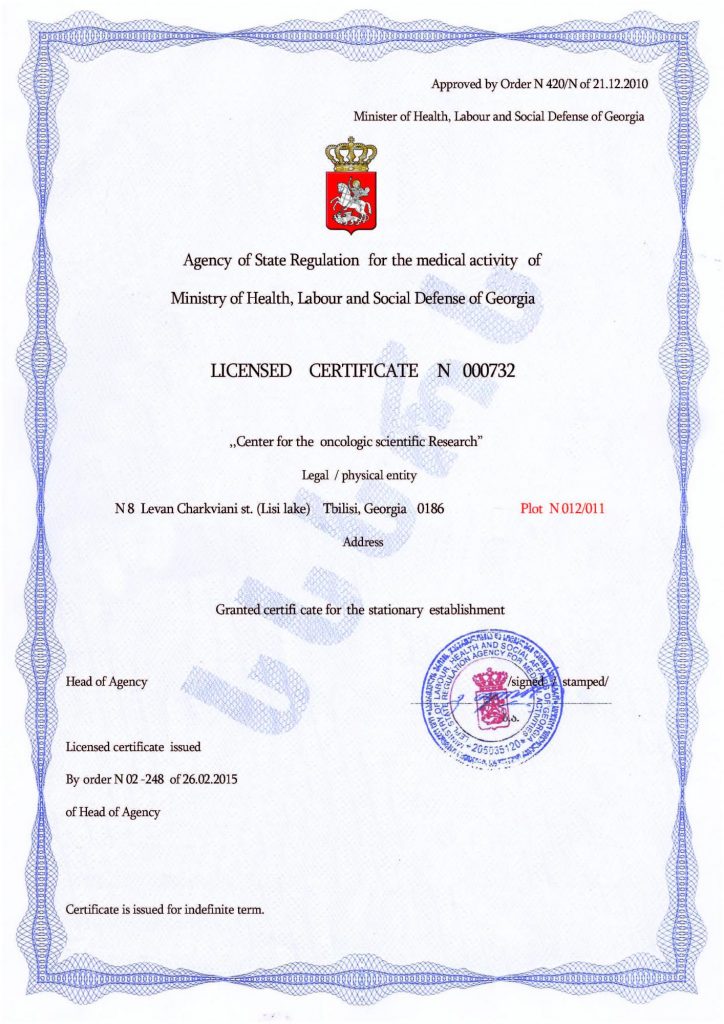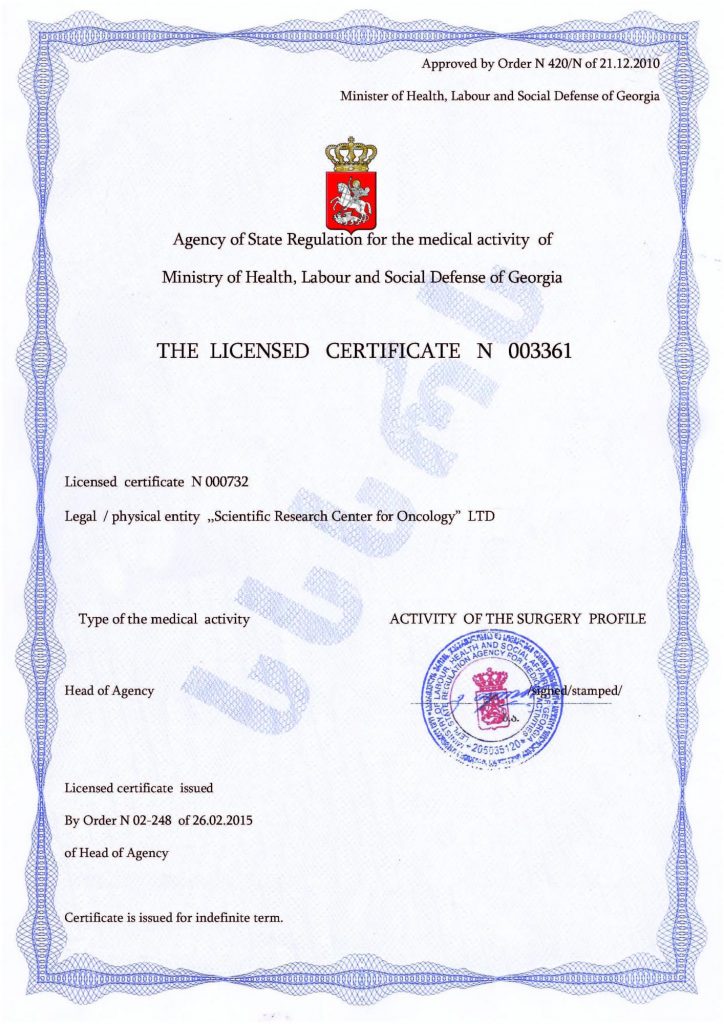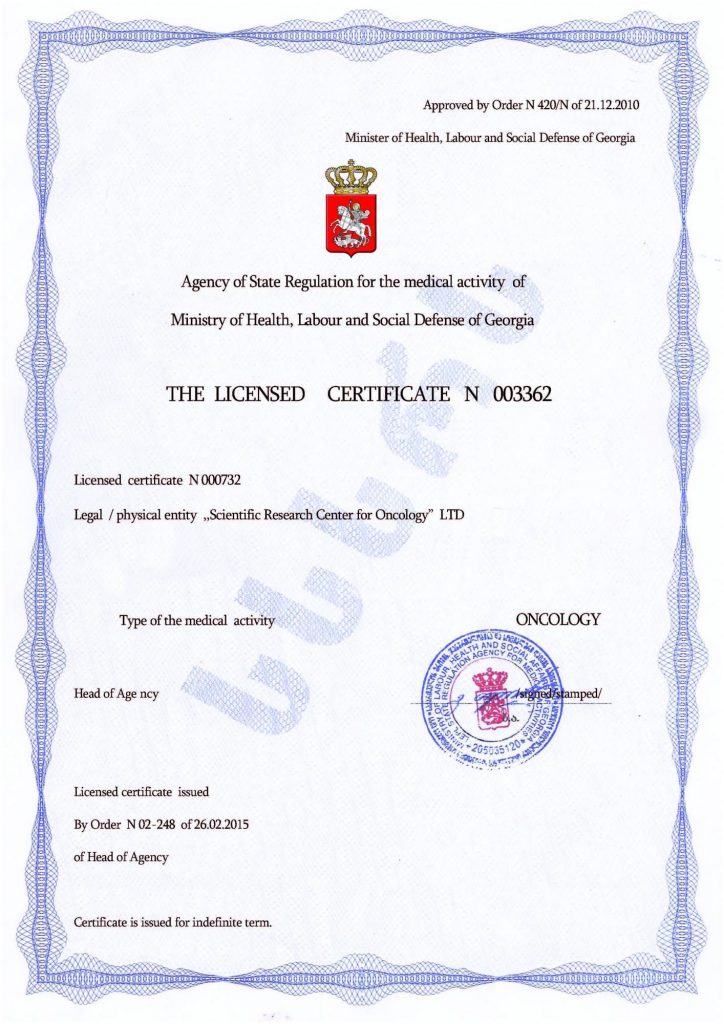Fine Motor Skills in Autism
In autism, problems in everyday life can arise in areas that seem unimaginable to neurotypical people. They don’t even think about what needs to be done when writing, using utensils, or buttoning a shirt. But some autistic individuals have to put in considerable effort to succeed at such tasks.
The disorder affects the development of fine motor skills, which involve a complex set of movements performed by the fingers of the hands and feet, as well as the hands themselves. These movements require coordination, which the brain ensures by processing information from the eyes. Several body systems—nervous, muscular, and skeletal—participate in the process, enabling even the smallest movements to be performed accurately and confidently.
Fine motor skills develop significantly later than gross motor skills but need to be nurtured from an early age. They are connected not only to writing and performing daily tasks but also directly linked to speech development, as well as stimulating memory and attention.
Autism is associated with a range of deviations and impairments that hinder mastering fine motor skills:
- Delays in acquiring skills.
- Uneven development: strengths in some areas (e.g., assembling building blocks) and difficulties in others (e.g., cutting with scissors).
- Challenges in planning and executing sequential movements (e.g., writing letters, tying shoelaces).
- Complete or partial inability to imitate actions.
- Hypersensitivity to textures (avoiding clay, paints) or its opposite—hyporeactivity—leading to sensory seeking through manipulation of small objects.
- Problems using both hands simultaneously.
- Reduced muscle tone.
- Difficulties with self-care (dressing, hygiene).
- Dependence on adult assistance longer than typical.
- Stereotyped behaviors (spinning objects, finger flicking) that may lack functional purpose but serve self-regulation.
At the same time, children show qualities that play a positive role:
- High precision when engaged in activities of interest (drawing, model building).
- Increased attention to detail when performing motivating tasks.
Overall, autistic individuals often exhibit uncertainty in actions requiring precise movements. Common causes include differences in brain structure development (cerebellum, basal ganglia) responsible for coordination, sensory issues, impaired proprioception (sense of body position), and difficulties synchronizing sensory and motor signals. Consequences may include problems with writing and drawing, affecting academic performance; the need for assistance with self-care (dressing, eating); avoidance of group activities requiring fine motor skills (e.g., building blocks), which reduces peer interaction; increased anxiety; and low self-esteem due to failures.
Help can come from exercises to strengthen hand muscles, coordination training (bead stringing, graphic dictations), sensory integration, use of adaptive tools, visual support like step-by-step instructions, and play. The earlier motor correction begins, especially combined with work on communication and sensory integration, the better the chances of skill improvement. It’s often easy to encourage a child to play with modeling clay, do dot-to-dot drawing, or trace stencils. However, fine motor skill impairments in autism require systematic, long-term, personalized work that takes sensory characteristics, interests, and skill levels into account. Results are difficult to predict.
A much more reliable and faster approach targets the root cause of the problems—autism itself. This can be addressed with cell therapy, which involves the transplantation of stem cells. These cells, after processing and introduction back into the patient’s body (from which they were originally taken, eliminating rejection), begin to exhibit their unique properties. Stem cells can transform into any other cells, replacing damaged ones with healthy equivalents.
Soon after the procedure, the brain and nervous system begin functioning normally, behavior stabilizes, and various symptoms of the disorder become less pronounced or disappear entirely. This effect is long-lasting and in many cases lifelong, enhancing the effectiveness of other corrective methods.
Cell therapy is safe and as natural as possible, since it stimulates the body’s own regenerative capabilities. Due to its promise, it may become the primary method for combating autism and its symptoms. It is already used by leading clinics worldwide, including the Mardaleishvili Medical Center, whose doctors have extensive successful experience with stem cell transplantation using state-of-the-art equipment.
Treatment costs less than in other countries with advanced healthcare systems. Additionally, the center can provide comprehensive assistance with trip planning and other issues, such as accommodation during rehabilitation.
Undergo cell therapy—and your child will write beautifully!
Autism Treatment Center Videos
Autism treatment with own stem cells
Cord blood association congress
International Quality Crown
Autism Treatment Reviews
Autism treatment with own stem cells
The story of Alessandro (6 years old)
Autism Patient Testimonial - Stem Cell Treatment
Clients Testimonials

Review by Anastasia, mother of Yusup (8 years old) Read More

Feedback from Nathalie, mother of Andre (9 years old) Read More

Feedback from Yulia, mother of Emily (7 years old) Read More
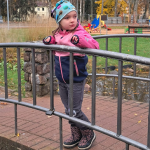
Feedback by Everita, Katrina’s mother (5 years old) Read More
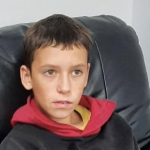
Feedback from Igor, David’s father (12 years old) Read More
